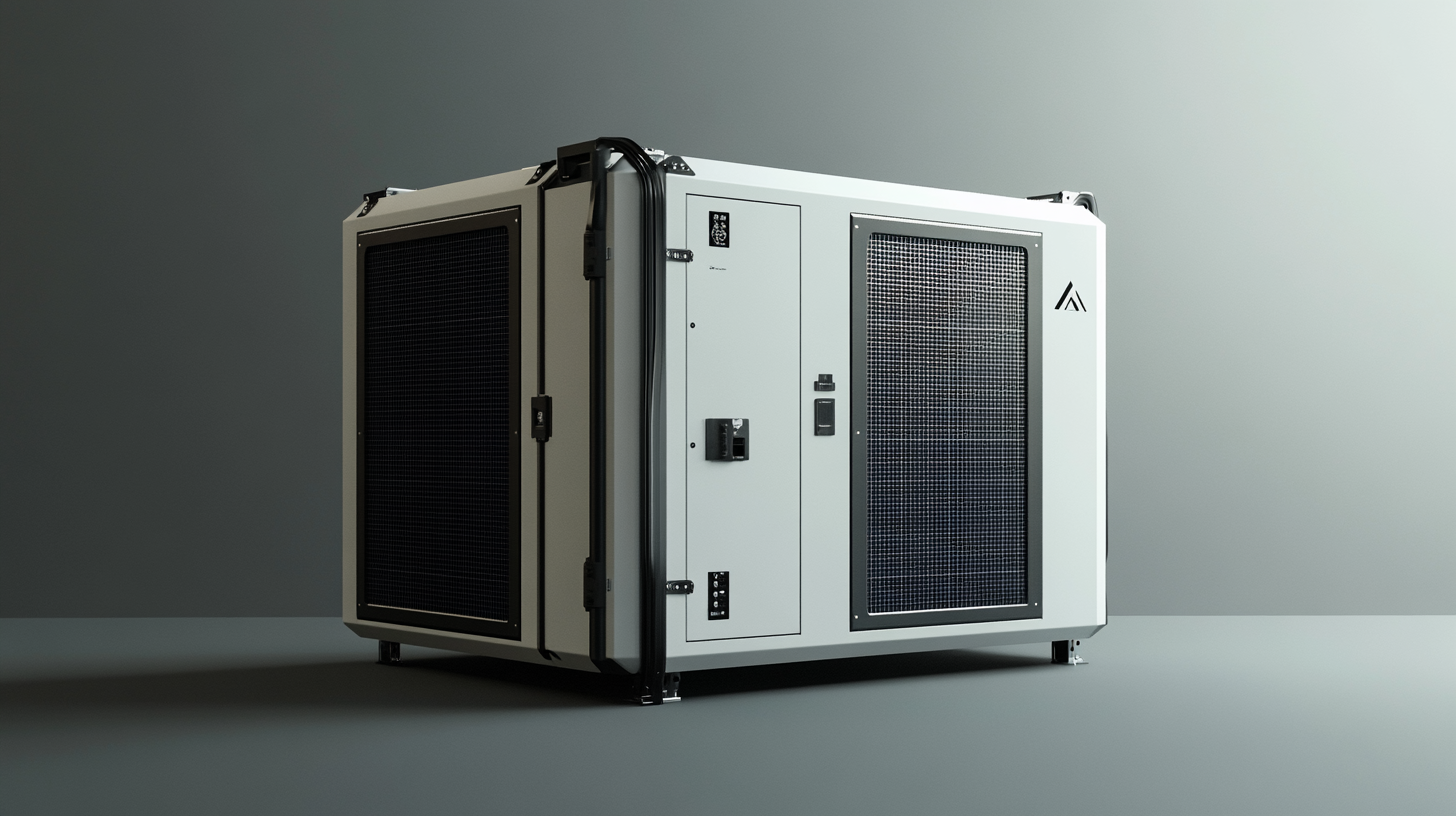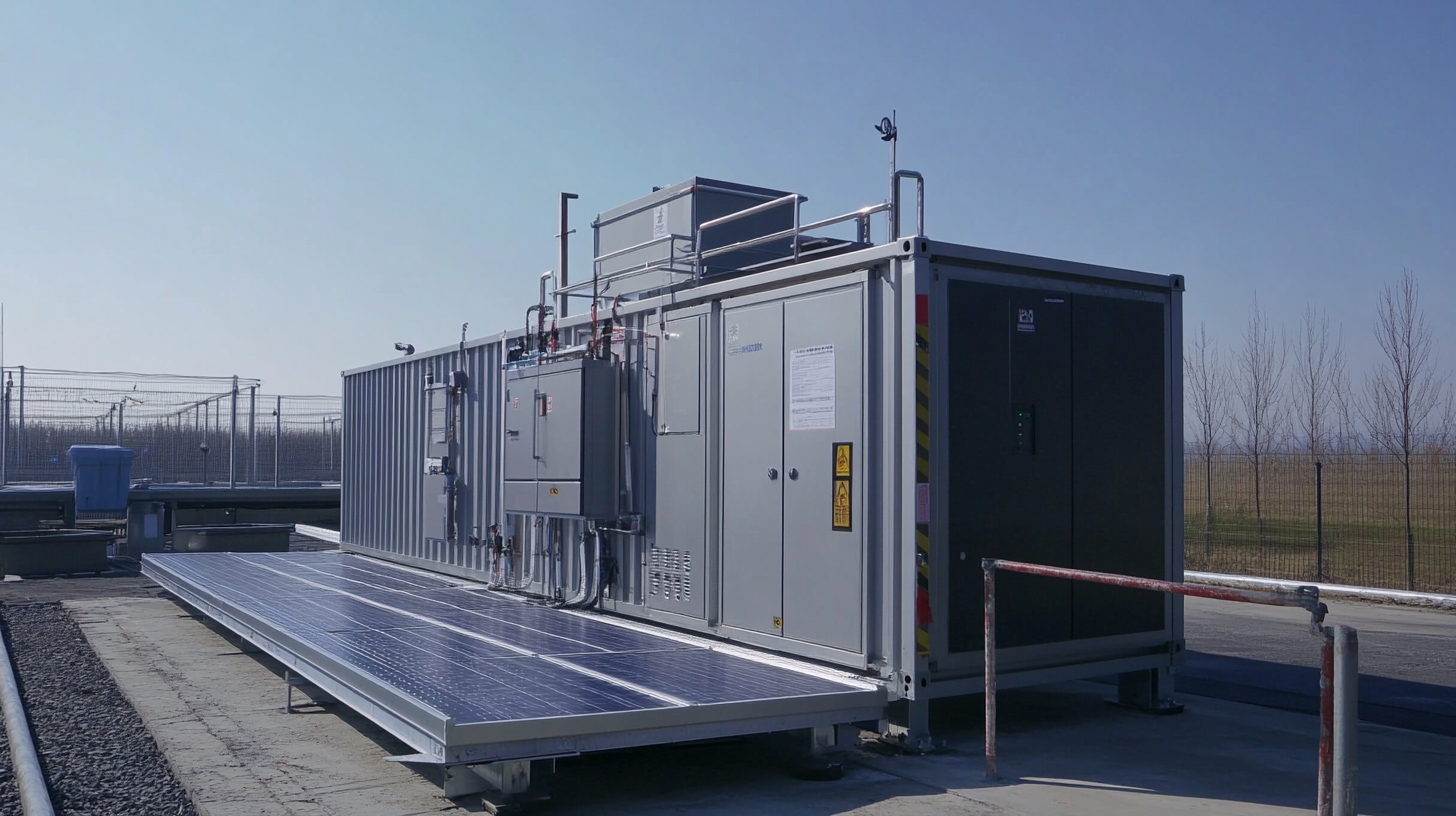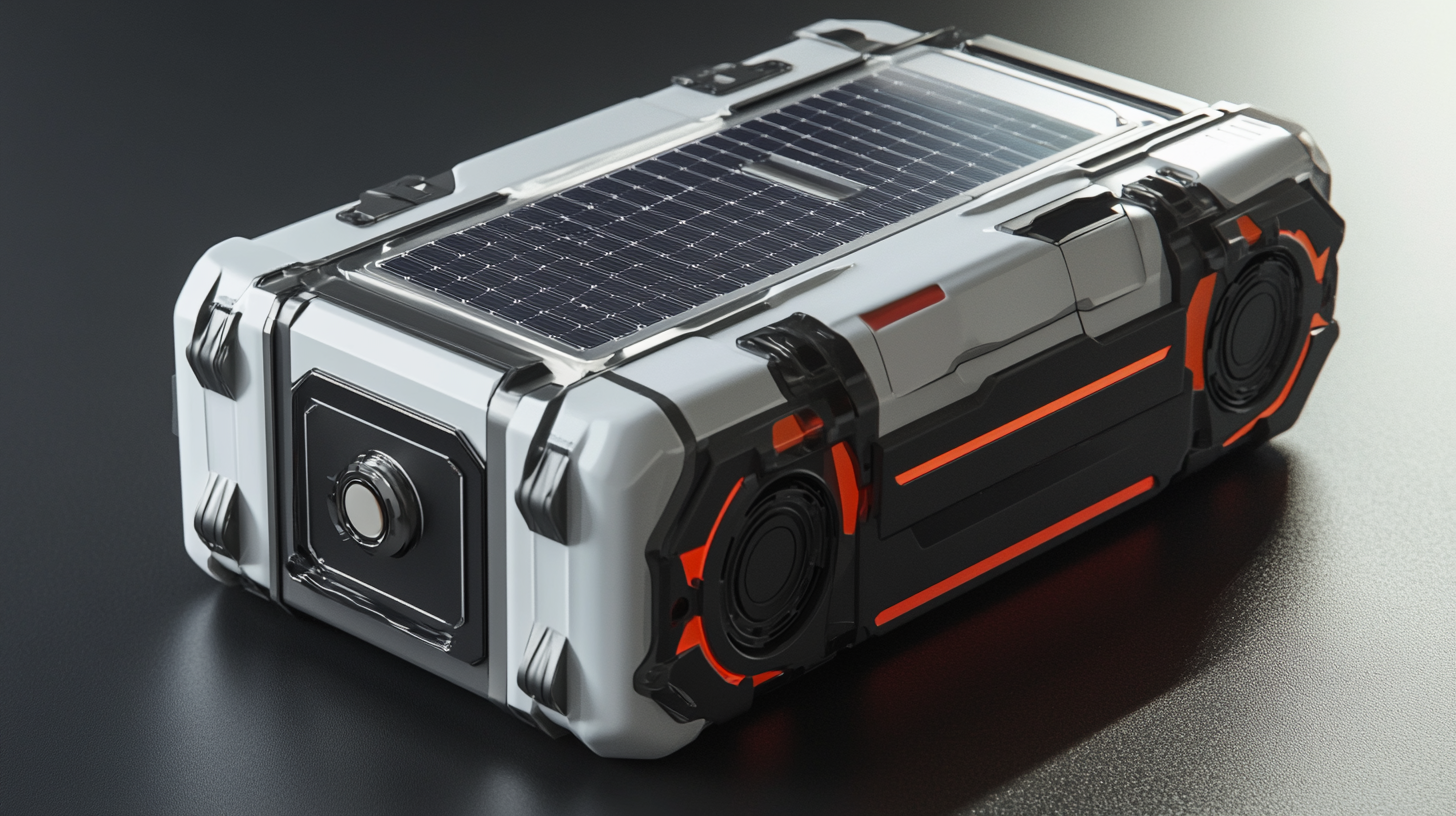



As the world pivots towards sustainable energy solutions, the demand for advanced solar current generators has surged dramatically. According to a recent report by the International Renewable Energy Agency (IRENA), the global installed solar power capacity reached over 800 gigawatts in 2020, signaling a growing shift in preference for cleaner energy sources. The market for solar current generators is poised for significant growth, driven by technological advancements and increasing investments in renewable energy infrastructure. This trend not only underlines the essential role of solar technology in mitigating climate change but also highlights the economic viability of solar current generators for businesses and consumers alike.
As global buyers explore viable energy alternatives, understanding the technical specifications of these advanced solar current generators becomes crucial. The latest market analysis indicates that the efficiency of solar generators has improved to upwards of 22% due to innovations in photovoltaic technology. Moreover, the integration of smart technologies drives the functionality and efficiency of these solar current generators, allowing for optimized energy production and enhanced durability. Consequently, potential investors and purchasers must be well-informed about the specifications that define quality and performance in order to make judicious decisions in this evolving market landscape.

Understanding the efficiency ratings of advanced solar current generators is crucial for global buyers looking to invest in renewable energy solutions. Efficiency ratings indicate how well a solar generator converts sunlight into usable electrical energy, directly impacting its performance and suitability for various applications. Typically, these ratings range from 15% to over 22% for cutting-edge models, with higher ratings signifying a greater ability to harness solar energy. When evaluating solar current generators, buyers should also consider the technology used in the panels. Monocrystalline panels, known for their high efficiency, generally outperform polycrystalline and thin-film alternatives in terms of space utilization and energy output. However, technological advancements are continuously improving the efficiency of other panel types, making it essential for purchasers to stay informed about the latest developments in solar technology. Another key aspect influencing efficiency ratings is the temperature coefficient, which measures how much a panel's output decreases as temperatures rise. In regions with high ambient temperatures, panels with lower temperature coefficients will maintain performance better than those with higher coefficients. Therefore, understanding both efficiency ratings and operational characteristics in different environmental conditions is essential for buyers aiming to select the best solar current generators for their needs.

When considering the purchase of advanced solar current generators, understanding the key technical features that differentiate various models is essential for global buyers. One of the foremost aspects is the power output capabilities, typically measured in watts. Models vary significantly in their output capacity, from small units suitable for charging devices to large generators designed for powering entire homes or commercial setups. Buyers should evaluate their specific energy needs to choose a model that not only meets but exceeds their expectations.
Another critical specification is the efficiency of the solar panels used in the generators. The efficiency rate determines how much sunlight is converted into usable electricity. While traditional silicon panels often have efficiency rates around 15-18%, newer technologies, such as bifacial and thin-film solar panels, can push these numbers above 20%. Higher efficiency can lead to better performance in less-than-ideal conditions, making it a vital feature for those looking to maximize energy production.
Durability and build quality are also crucial considerations in differentiating solar current generator models. A robust design can withstand various environmental conditions, including wind, rain, and extreme temperatures. Look for generators with high-quality materials and protective features, such as weather-resistant casings and reinforced structures. These attributes not only extend the lifespan of the generator but also ensure reliable operation over time, making them a smart investment for eco-conscious consumers.
Integration with smart technology is becoming increasingly common in advanced models. Features like Wi-Fi connectivity provide users the ability to monitor energy production and consumption through mobile applications. This integration allows for more efficient energy management and alerts users to maintenance needs or performance issues, enhancing the overall user experience and encouraging a more sustainable approach to energy consumption.

The development of solar technology has seen a surge in varying materials used in solar cell manufacturing, each with distinct characteristics that impact performance. Crystalline silicon continues to dominate the market, accounting for over 90% of global solar cell production due to its efficiency and longevity. According to the International Energy Agency (IEA), crystalline silicon cells achieve efficiencies of around 20-22%, making them the leading technology in residential and commercial applications. However, recent innovations in thin-film technologies, such as Cadmium Telluride (CdTe) and Copper Indium Gallium Selenide (CIGS), are also gaining traction, with efficiencies ranging from 10-18%.
While the cost of solar cells has decreased significantly over the past decade, primarily due to improvements in manufacturing processes, the choice of materials remains crucial. Research published by the National Renewable Energy Laboratory (NREL) reveals that the choice between monocrystalline, polycrystalline, or thin-film technologies can influence not only efficiency but also the overall lifetime performance and degradation rates of solar installations. For example, thin-film solutions like CdTe may offer lower initial costs but exhibit higher degradation after prolonged exposure to environmental conditions compared to their crystalline counterparts.
Moreover, recent reports indicate that bifacial solar panels, which utilize both sides of the panel to capture sunlight, are becoming a popular choice among developers. These panels can boost energy generation by up to 30% in certain environments, highlighting the ongoing evolution of solar technologies. As global demand for renewable energy surges, understanding the comparative performance impacts of these materials will be essential for buyers aiming to make informed purchasing decisions in the solar market.

The role of inverters in solar current generation is pivotal, acting as the bridge between the generated solar power and its usability for consumers. Inverters convert the direct current (DC) produced by solar panels into alternating current (AC), which is the form of electricity used in most homes and businesses. According to the International Energy Agency (IEA), efficient inverters can enhance the energy conversion efficiency of solar panels to upwards of 98%. This is particularly significant for advanced solar current generators, which are designed to maximize energy output and reliability in diverse operating conditions.
Moreover, advanced inverter technologies, such as string inverters and microinverters, have revolutionized the solar landscape. A report by MarketsandMarkets projects that the global solar inverter market is expected to grow from USD 10.3 billion in 2020 to USD 20.4 billion by 2025. This growth underscores the increasing reliance on high-efficiency inverters that offer features like real-time monitoring, predictive maintenance, and improved grid compatibility. These innovations not only increase the overall output of solar generators but also enhance their reliability, ensuring that solar power systems can deliver consistent energy even in suboptimal conditions.
In conclusion, the integration of smart inverter technologies into solar current generators is essential for maximizing performance. As global buyers seek innovative solutions to meet their energy needs, understanding the critical role of inverters in solar technology becomes increasingly important. The advancements in inverter efficiency and reliability promise to drive the global shift towards sustainable energy, making solar power a more viable and attractive option for consumers worldwide.
Emerging trends in solar technology are driving significant advancements in the design and efficiency of solar current generators. As global demand for renewable energy surges, innovative features are being integrated into these systems to enhance their performance and usability. One notable trend is the use of bifacial solar panels, which capture sunlight from both sides, significantly increasing electricity generation capabilities. This dual-facing technology maximizes energy output, especially in locations with reflective surfaces, thus providing a more efficient solution for solar power generation.
Additionally, the incorporation of smart technology is transforming how solar generators operate. With the advent of IoT (Internet of Things), these devices can now communicate with users and other systems, allowing for real-time monitoring and data analysis. This connected approach enables users to optimize energy consumption and troubleshoot issues proactively, leading to improved efficiency and lower operational costs. Furthermore, advancements in battery storage technology are ensuring that surplus energy generated during peak sunlight hours can be stored and utilized during lower production periods, enhancing the overall reliability of solar energy systems.
Another exciting innovation is the development of flexible and lightweight materials in solar panel manufacturing. These advancements enable solar generators to be more versatile, allowing installation in a variety of locations, including less conventional spaces. This flexibility opens up new opportunities for solar power deployment, catering to unique applications such as portable generators for camping or emergency use. As these trends continue to evolve, they represent a significant shift toward more sustainable and accessible energy solutions for a global audience.
